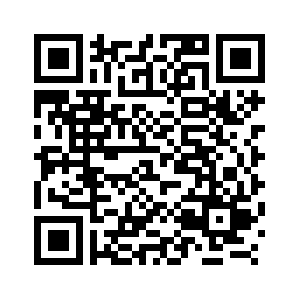Researchers in Australia develop smarter tool to detect audio deepfakes
Source: Xinhua
Editor: huaxia
2025-11-11 18:54:17
CANBERRA, Nov. 11 (Xinhua) -- Researchers in Australia have discovered a smarter way to detect audio deepfakes that is more accurate and adaptable to keep pace with evolving threats, Australia's national science agency said on Tuesday.
The new technique, Rehearsal with Auxiliary-Informed Sampling (RAIS), is designed for audio deepfake detection, a growing threat in cybercrime risks such as bypassing voice-based biometric authentication systems, impersonation and disinformation, according to a news release of the Commonwealth Scientific and Industrial Research Organization (CSIRO).
RAIS determines whether an audio clip is real or artificially generated and maintains performance over time as attack types evolve, it said.
"We want these detection systems to learn the new deepfakes without having to train the model again from scratch. If you just fine-tune on the new samples, it will cause the model to forget the older deepfakes it knew before," said study co-author Kristen Moore from CSIRO's Data61, the science agency's data and digital specialist arm.
"RAIS solves this by automatically selecting and storing a small, but diverse set of past examples, including hidden audio traits that humans may not even notice, to help the AI (artificial intelligence) learn the new deepfake styles without forgetting the old ones," Moore said.
RAIS uses a smart selection process that generates extra "auxiliary labels" for each audio sample, helping identify a diverse and representative set of audio samples to retain and rehearse, the release said.
By incorporating extra labels beyond simple "fake" or "real" tags, RAIS ensures a richer mix of training data, improving its ability to remember and adapt over time.
The new technique achieves the lowest average error rate of 1.95 percent among tested methods, the release said.
The method was developed by researchers from CSIRO, Federation University Australia and RMIT University. ■



